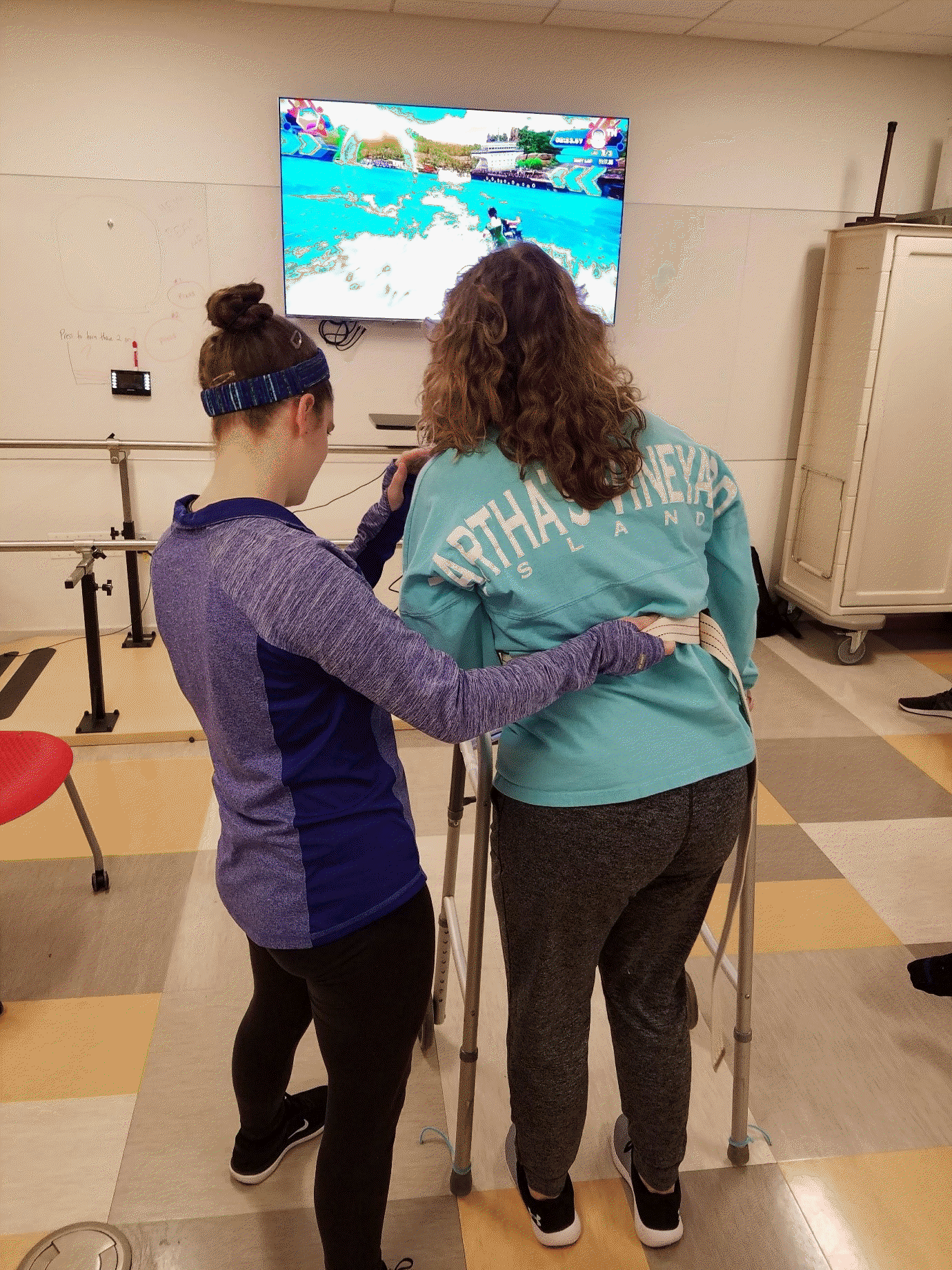Abstract
Purpose
Methods
Results
Notes
Authors’ contributions
Conceptualization: MW, WR, AO, DV. Data curation: WR. Methodology/formal analysis/validation: WR, DV. Project administration: MW. Funding acquisition: not applicable. Writing–original draft: MW. Writing–review & editing: MW, WR, AO, DV.
Data availability
Data files are available from Harvard Dataverse: https://doi.org/10.7910/DVN/AUYSTE
Dataset 1. Pre-post cohort 1 2017.
Dataset 2. Pre-post cohort 2 2018.
Dataset 3. Differences in baseline confidence cohort 1 and cohort 2.
Supplementary materials
References
Table 1.
| Timeline | Intervention |
|---|---|
| Month 0: semester 2 (Spring); tutorial case | Students explored literature related to incorporating the use of active video gaming into the physical therapy plan of care. |
| Week 2: baseline; lab activity #1; 45 minutes in small groups at each station followed by a 30 minute debrief with the class (Supplement 2) | Pre-test survey was emailed and completed prior to lab activity #1 |
| a)Station 1: 73-yr female; s/p left middle cerebral artery stroke | |
| • Stability: static standing postural control without an assistive device | |
| • AVG system: Nintendo Wii | |
| • Game(s): Wii Fit with balance board for slalom skiing, table tilt, yoga | |
| b)Station 2: 82-yr female with Parkinson’s disease | |
| • Mobility: standing dynamic postural control | |
| • AVG system: Nintendo Switch | |
| • Game: Just Dance | |
| c)Station 3: 27-yr male; s/p post-concussion while snowboarding | |
| • Mobility Plus: high-level postural control activities | |
| • AVG system: Xbox One Kinect | |
| • Game(s): soccer, rock climbing, wave runner, Fruit Ninja | |
| Full Class Debrief: students reflected by describing their experiences in relation to the guiding questions | |
| Months 2-4: first full-time clinical education experience I | Students completed an 8-week summer clinical experience between semesters 2 and 3. Appropriate settings for this first clinical experience include: outpatient musculoskeletal and neurorehabilitation settings, subacute and acute rehabilitation facilities. |
| Months 4-8: students begin semester 3 of the curriculum (Fall) | In tutorials, labs, and large group discussions, students discuss patients with disorders or dysfunction of the cardiopulmonary, integumentary, and complex multi-system problems. Students apply that knowledge to more advanced problem-solving and patient management from examination through evaluation, diagnosis, prognosis, and intervention. |
| Month 8: semester 3; lab activity #2; 45 minutes with small groups in each station followed by a 30-minute debrief (Supplement 4) | a)Station 1: 20-yr male; s/p spinal cord injury |
| • Stability: seated postural control | |
| • AVG system: Nintendo Wii | |
| • Game(s): Mario Cart, Cow Run | |
| b)Station 2: 56-yr male; s/p motor vehicle accident with complex medical diagnoses | |
| • Mobility: using a rolling a walker | |
| • AVG system: XBox One Kinect | |
| • Game(s): soccer, rock climbing, wave runner, Fruit Ninja, bowling | |
| c)Station 3: 10-yr female with asthma | |
| • Mobility Plus: aerobic exercise | |
| • AVG system: Nintendo Switch | |
| • Game(s): Just Dance | |
| Full-class debrief: students reflected by describing their experiences in relationship to the guiding questions | |
| Post-lab survey | Post-test survey was emailed and completed after lab activity #2 |
a) Stability: maintain a posture or orientation of the trunk and limbs to: allow movement of other body segments, hold body and body segments in a required game position, and resist perturbations.
b) Mobility: movement of body segments to reach a target, avoid obstacles, assume required positions, or “drive” or “steer” the game task.
c) Mobility Plus: a higher-level movement required, including more athletic balance or mobility tasks such as jumping, lunging, or running in place.
a-c)Defined by Levac et al. [11].




 PDF
PDF Citation
Citation Print
Print





 XML Download
XML Download